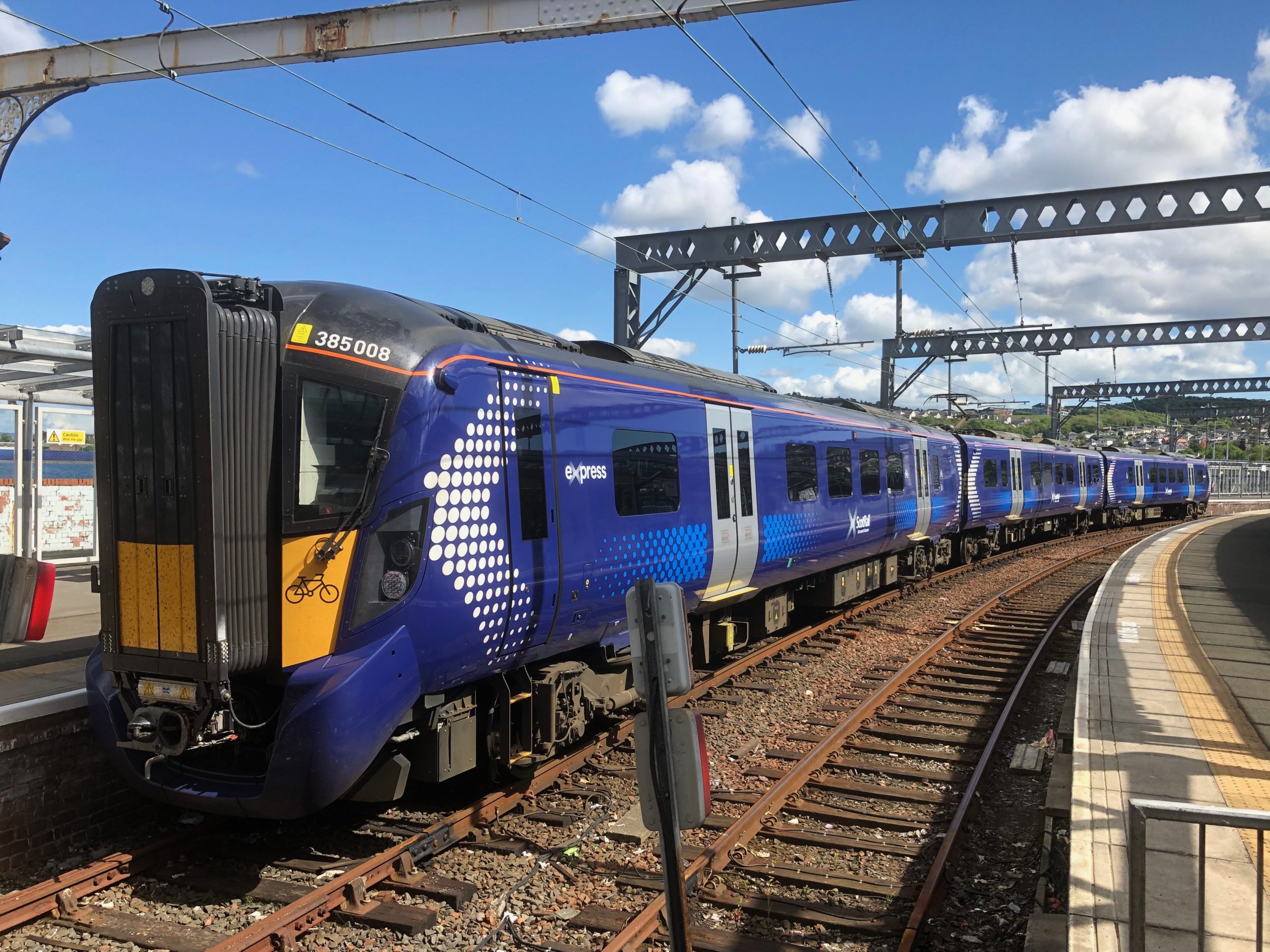Understanding the Elizabeth Line: London’s New Transport Revolution

Introduction
The Elizabeth Line is one of the most significant developments in London’s transport system, representing a leap forward in connectivity for millions of commuters. It aims to enhance the efficiency of travel in London and its surrounding areas, reducing congestion and providing a much-needed alternative to the existing Tube network.
Overview of the Elizabeth Line
Officially opened on May 24, 2022, the Elizabeth Line runs from Reading and Heathrow in the west to Shenfield and Abbey Wood in the east, covering over 100 km and serving 41 stations. This long-awaited project, which has faced several delays and budget challenges, is expected to enhance travel for approximately 200 million passengers annually.
Key Features and Benefits
The Elizabeth Line features modern trains, which boast a capacity of 1,500 passengers each, and includes spacious carriages designed for comfort during peak hours. The service operates with a frequency of around every five minutes during peak times, significantly reducing travel times across central London and connecting key areas such as Canary Wharf and the West End.
In addition to facilitating quicker commutes, the Elizabeth Line is expected to boost local economies along its route. Businesses have already reported a rise in foot traffic and potential customers since its launch, particularly in areas previously lacking direct transport links.
Recent Developments
Recent reports have highlighted the initial success of the Elizabeth Line, with passenger numbers surpassing forecasts in the first few months. Transport for London (TfL) has been keen on gathering data to optimise the service further, ensuring that it meets the growing demands of London’s population. Expansion plans are also being discussed, which could see further integration with other transport networks.
Conclusion
The Elizabeth Line is not just a transportation project; it is a transformational initiative that has the potential to redefine commuting in London. As it continues to integrate into the broader transport ecosystem, the impact on urban mobility, local businesses, and the overall economy will be closely monitored. As more passengers embrace this new line, its significance as a cornerstone of London’s public transport system is only expected to grow.
You may also like

Leeds Train Station: A Key Transport Hub in the UK

The Importance of ScotRail in Scotland’s Transport Network
